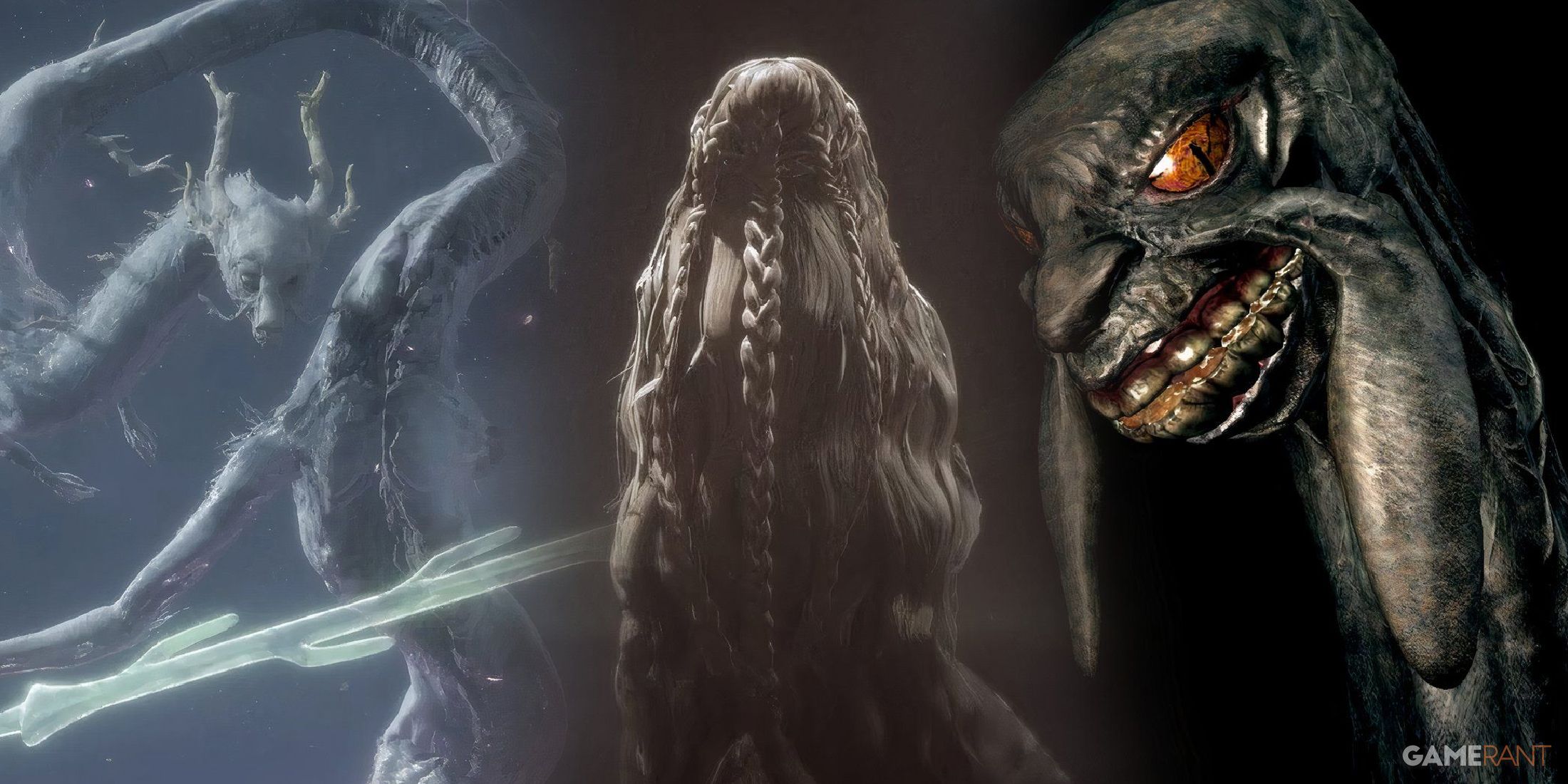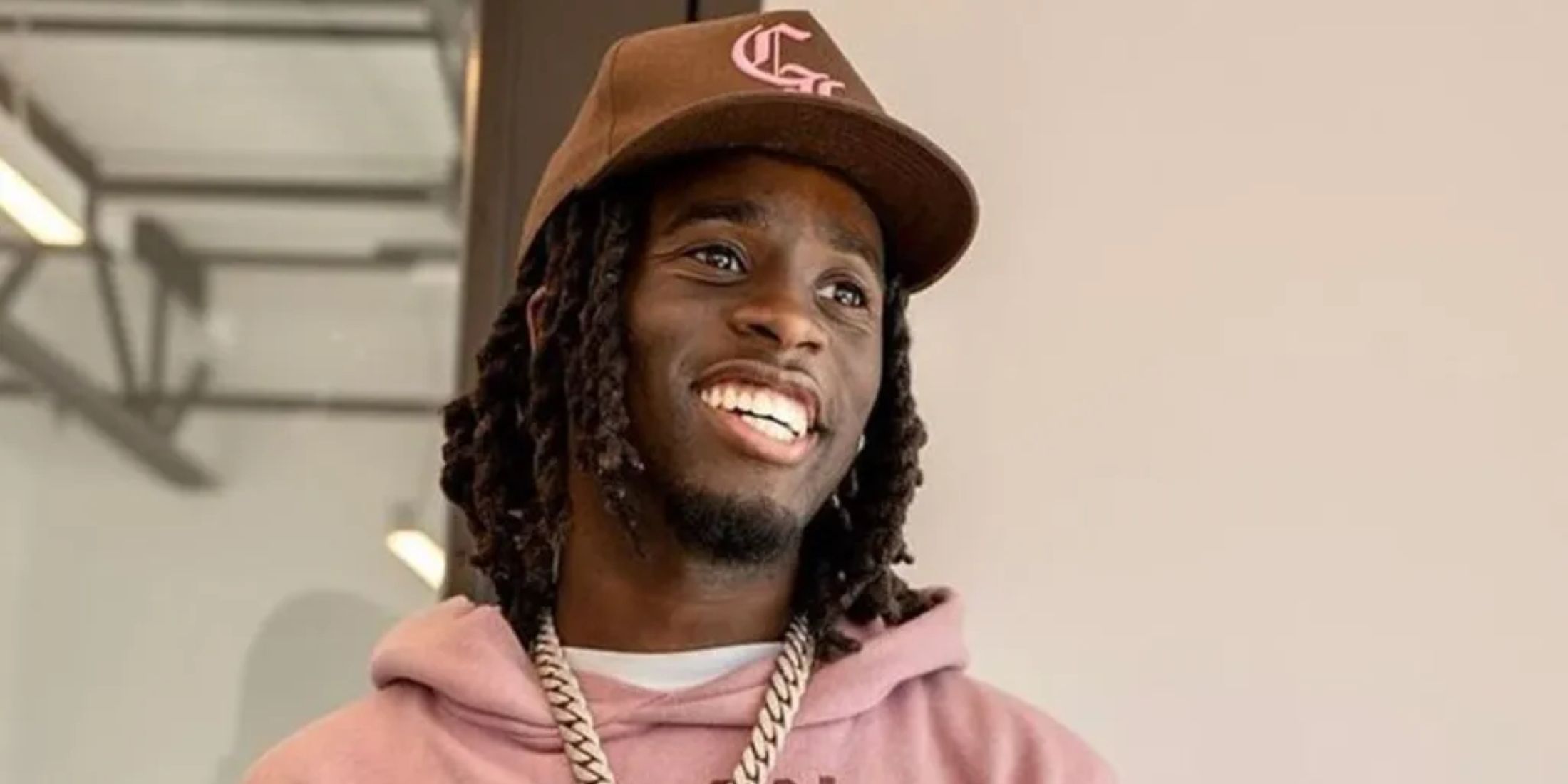FromSoftware’s catalog of Soulsborne games has become renowned for its meticulous world-building and difficult gameplay, as they provide meaningful challenges in terms of combat and understanding storytelling alike. Player choice mainly impacts these titles through the plethora of options available throughout a given playthrough, but a key element that tends to fly under the radar in discourse is the way that the endings of FromSoftware’s releases can be affected. While it may be an obscure quest structure that the developer has continued to utilize up into Elden Ring: Shadow of the Erdtree, the way that these major, world-state-defining decisions are embedded into aspects of general game progression is one of the most immersive within the modern RPG genre.
Each of FromSoft’s most notable titles has embodied different themes and featured appropriate endings respectively, while allowing the player to make crucial choices about that eventual outcome prior to the final moments of the main story. These typically come in the form of NPCs the player chooses to align themselves with or betray, and these interactions are capable of happening without direct knowledge or instruction. As Elden Ring: Shadow of the Erdtree has cemented the differences between the various ideologies represented in the base game’s endings while lacking its own form of choice, the valuable nature of this feature has only become more apparent.
Creative Choices and Relationships Define the Outcomes of FromSoftware Games
Core Moral Quandaries in Soulsbornes
Dilemmas related to key characters often form scenarios that divide FromSoft endings. The choice to kill or spare the Maiden in Black of Demon’s Souls leverages the player’s desire for power with the opinion they’ve developed of the world, while Dark Souls features two manipulative NPCs who oppose each other’s goals in the World Serpents. With the likes of Kaathe being hidden away in the Abyss while Frampt is more conspicuous, however, this is an example of the obscure effort required by players to get a full picture of a game’s conclusions.
Thorough Investigation Gets Rewarded by ‘Truer’ Endings
In Bloodborne, the only way to achieve its most hidden ending involves the acquisition of three Third of Umbilical Cord pieces which require engaging deeply with the world. Sekiro: Shadows Die Twice‘s endings go even further in this direction, requiring a thorough, even time-sensitive effort in a playthrough to achieve its most definitive endings.
Elden Ring’s Set of Endings Prove the Value of Choice in FromSoft Stories
An Unprecedented Variety of Factions and Routes
Through offering the ability to side with anyone from Ranni to Fia to the Dung Eater, Elden Ring‘s different endings are mostly motivated by choices in the distinct conclusions of NPC questlines. The complexity of earning these loyalties throughout interactions in the game goes beyond the opposing forces of previous narratives. While these endings all largely converge on similar themes through featuring the player as a “lord” of some concept, it’s a set of options that appeals to a wider breadth of players than ever before in the studio’s history.
Shadow of the Erdtree’s Singular Ending Has Fallen Flatter than Those of the Base Game
In contrast to the base game’s diverse endings, the DLC presents a single ending in its memory sequence after the final boss. Shadow of the Erdtree‘s Miquella flashback ending sees the character alone in a gray void, and doesn’t reflect any of the choices made by the player among the colorful cast of the expansion throughout its story. Combined with the roadblock that the challenging final boss can be, the dissatisfaction some players have expressed regarding the finale of the DLC only serves to highlight how important decisions are to fans of FromSoftware’s storylines.
/cdn.vox-cdn.com/uploads/chorus_asset/file/25739405/2185061353.jpg)







